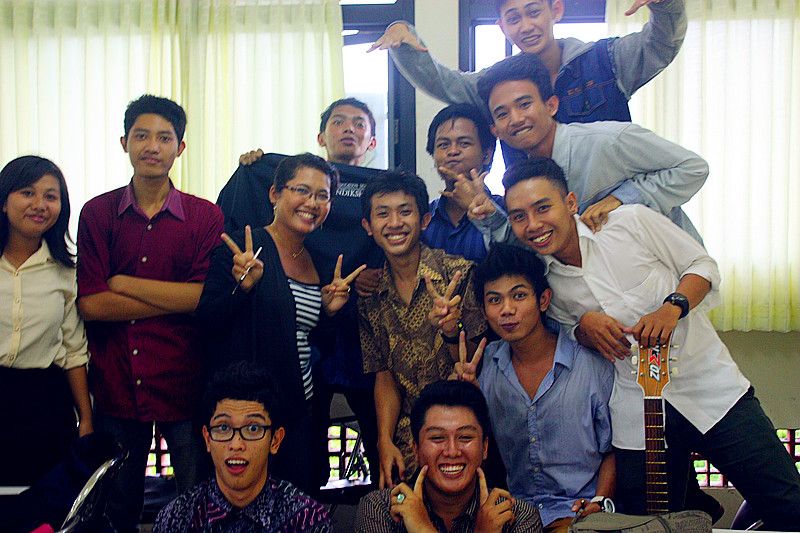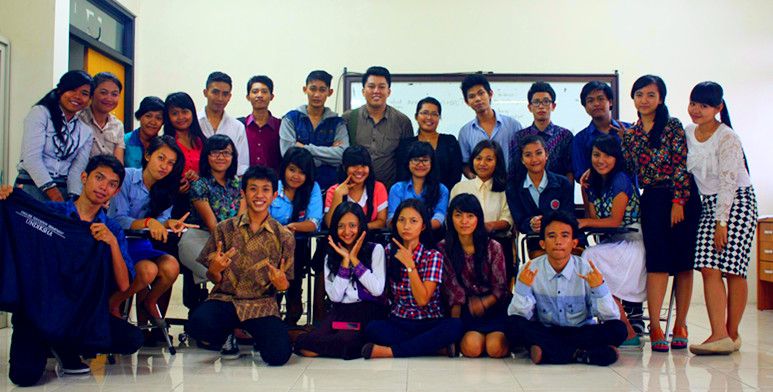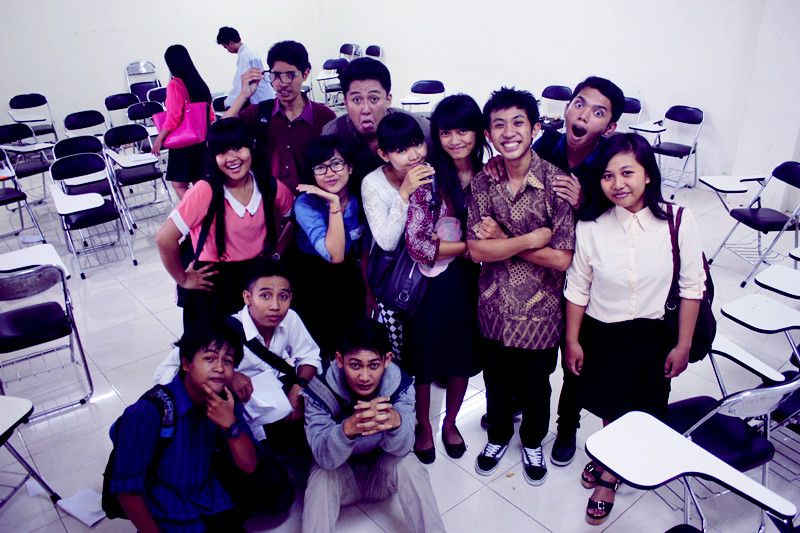A controversial plan by the Governor of Bali that will reclaim part of Benoa Bay could have a dire impact on the environment, a marine scientist with Conservation International Indonesia has said. The most serious impact would be backwash, or the backward flow of seawater. This could result in lowlands in south Bali, including some parts of Kuta and Denpasar, becoming inundated, Conservation International Indonesia country executive director Ketut Sarjana Putra said on Thursday. “There are four water catchments in Benoa. Reclamation would disrupt the flow of seawater and cause backwash,” he said in a presentation of a coastal modeling (simulation) to study the impact of the reclamation project. The simulation was developed by using data of rainfall over the past 10 to 20 years, sea current and Bali’s topography. He estimated that reclamation of 10 percent of Benoa Bay could raise the seawater level by 0.4 meter. “If the planned 838-hectares reclamation takes place, which will convert 75 percent of the area into land, the sea level could increase by 1.6 meters,” he said, explaining that it would result in 7.9 million cubic meters of water inundating low-lying areas. Another grave risk of the reclamation is that landscape changes along the coast would damage coral reefs, mangroves and seagrass beds, and ultimately the entire marine ecosystem in the area. “The whole marine ecosystem in Benoa, especially the coral reefs, is highly prone to fine particles of sediment. Reclamation in the area will bring fine sediment particles and cover the underwater area, and cause the coral to die,” he said, warning that it could affect marine tourism, which is the main source of livelihood among local communities. The study also suggested that the Benoa area was geographically unstable, since it was formed through a sedimentation process of aggregate sand. “Benoa is the last part of Bali Island to be formed through a process called sand inundation, after the formation of the main island many years ago. The area remains unstable and dynamic. Reclamation in this unstable area could have worse impacts,” he said, adding that impacts could become evident as early as one or two years after the reclamation project. He said the impact of the Benoa Bay reclamation could be comparable to that of the development of Muara Angke in North Jakarta, which has resulted in seasonal flooding in the surrounding low-lying areas. Overall, Ketut said the reclamation would have negative impacts on the environment, local communities, especially poor people, and on local tourism. “The investment would only impoverish the people. The value of investment is not worth the loss that Bali would have to bear if its tourism was affected by the environmental damage.” The planned reclamation has sparked controversy among environmentalists, scholars and among the tourist industry on the island. They blame Bali Governor Made Mangku Pastika for issuing a permit for PT Tirta Wahana Bali International to develop and reclaim Benoa Bay to make way for the development of massive tourism projects, by using an incomplete feasibility study by Udayana University as the legal basis. However, the study team has announced that the feasibility study is valid despite the mountain of protests against its controversial results. In the 73-page feasibility study, the team concluded that in terms of technical perspective, the planned reclamation could reduce the impacts of a tsunami, erosion and abrasion. The team argued that the new reclaimed area would be very effective when used as tsunami evacuation route for people living in Tanjung Benoa. If the project goes ahead, the reclaimed area will be five to six meters higher than the present area. Ketut, however, said it was illogical to reclaim the land as an evacuation route. “It would be better for the area to be planted with mangrove trees, which could serve as a natural barrier,” he said. The research team conducted the study based on a memorandum of understanding with the developer. Under the agreement signed in September 2012, the team was to limit its work to technical, environmental, cultural and financial aspects. In December 2012, the team presented a draft of its report to Bali administration officials and several council members and stated that the plan could be continued. The development and reclamation of Benoa Bay would be in breach of Presidential Regulation No. 45/2010 on spatial planning covering Denpasar, Badung, Gianyar and Tabanan. According to the regulation, Tanjung Benoa is a designated conservation area that should remain free of development.
Monday, December 22, 2014
Subscribe to:
Post Comments
(
Atom
)
 8:55 PM
8:55 PM
 Unknown
Unknown

 Posted in
Posted in









0 comments :
Post a Comment